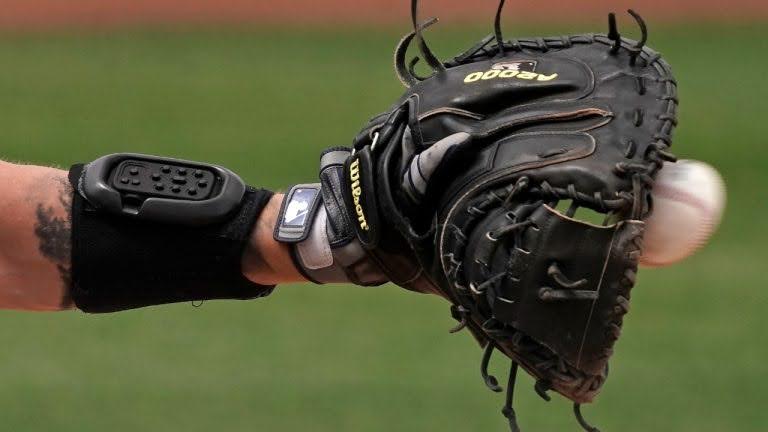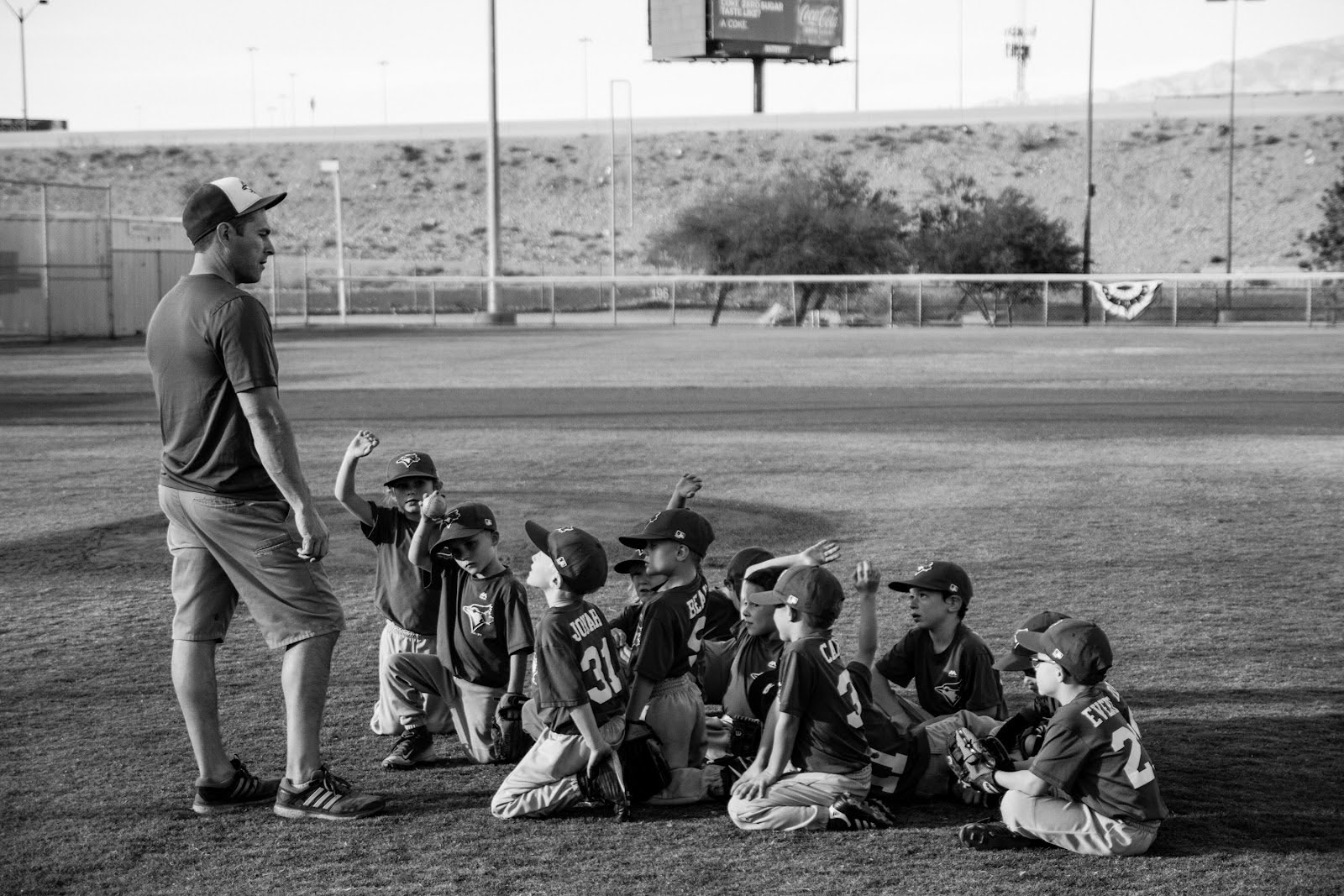For a long time, pitch calling followed a familiar routine. Coaches would signal the catcher from the dugout, or the catcher would call the game by flashing hand signs to the pitcher. It was all about timing and trust. But it wasn’t perfect. Signs could be missed, misread, or picked up by the other team. And with every miscommunication came wasted time, or worse, the wrong pitch.
Pitch calling devices are changing that. These small, wearable tools let coaches send signals directly to pitchers and catchers through a secure, wireless connection. There’s no need for hand signs or long pauses between pitches. The message is simple, direct, and clear. That’s why more and more teams, from youth leagues to the pros, are starting to use them.

|
This article takes a closer look at how pitch calling devices work and why they’re becoming more popular. We’ll look at how they’re helping coaches make faster decisions, reduce errors, and stay one step ahead. Whether you’re a coach, player, or just curious about the tech behind the game, you’ll see why these devices are changing how teams communicate on the field.
The rise of pitch calling technology
Pitch calling devices help coaches communicate directly with pitchers and catchers without using hand signs. Most systems involve a small keypad worn by the coach, who taps in the pitch call. That signal is instantly sent to a receiver worn by the player, usually tucked into a cap or attached to a belt, where it’s displayed or read aloud through a small speaker. The process is quick, quiet, and private.
Adoption started in college programs, where coaches were looking for ways to save time and cut down on missed signals. Now it’s showing up in high school teams and competitive travel ball, too. For many, the appeal is simple: it keeps everyone on the same page and moves the game along.
Reactions were mixed at first. Some coaches liked the old-school feel of hand signs, while others welcomed the precision and speed of digital calls. Players needed time to adjust to having gear in their cap or pocket. But once teams got used to it, most agreed, it made things easier. Calls were clearer, tempo was faster, and there was less chance of giving away the pitch to the other team.
Benefits for coaches

|
Pitch calling devices take a lot off a coach’s plate. Instead of worrying about whether a catcher picked up the right sign or if the other team is trying to steal signals, coaches can send calls directly and move on. This keeps the game moving and cuts down on delays between pitches.
It also means fewer mix-ups. Everyone’s on the same page, so there’s less time spent double-checking signs or calling timeouts to fix confusion. That frees coaches up to focus on the bigger picture, adjusting strategy, spotting weaknesses, and managing the pace of the game.
In high-pressure situations, these devices make communication easier. Coaches don’t have to rely on hand signs being seen from across the field. A quick tap sends the right pitch or play without the stress of miscommunication.
They also allow for quick changes. If a batter shows something new or a pitcher starts to lose control, coaches can adjust in real time. No delays, no guessing, just clear, direct calls when they’re needed most.
Impact on coaching styles and roles
Pitch calling devices are changing how coaches manage the game. There’s less focus on memorizing signals and more time spent watching the field and reading the flow of the game. Instead of signaling from the dugout and hoping it’s understood, coaches can send the pitch directly, no guesswork involved.
This shift also reduces the need for long pre-game sessions focused on sign systems. Teams still plan, but there’s more flexibility to adjust mid-game without confusion. That gives coaches space to think about strategy on the fly, rather than sticking to a rigid plan.
With less time spent managing signs, coaches can turn their attention to player development. They can work more closely with pitchers and catchers on pitch sequencing, talk through game situations in real time, and dive deeper into performance data. For teams using analytics, this tech makes it easier to act on insights during the game, not just after.
Concerns and limitations
Like any tech, pitch calling devices aren’t perfect. Glitches can happen, signals might drop, batteries can die, or devices may lag at the worst possible moment. Most systems are built to be reliable, but there’s always a risk when electronics are part of the game.
There’s also a learning curve. Some coaches and players aren’t used to working with devices during play, and it can take time to build trust in the system. Others simply prefer the old way and feel that relying too much on tech takes something away from the game.
Not every league allows these devices, either. Some youth and amateur leagues have rules in place that limit or ban their use. That makes it harder for teams to commit fully, especially if they play in different tournaments with different rules.
There’s also the bigger question of balance. If coaches lean too much on the device, they might miss the feel of the game, the instincts that come from watching players up close. Technology can help, but it’s not a replacement for experience, awareness, or on-the-spot decision making.
Case studies or examples
Several teams that introduced pitch calling devices have noticed real improvements. One college baseball program reported shaving several minutes off each game by cutting down the time between pitches. Coaches mentioned fewer miscommunications and smoother innings, especially in tight game situations.
Some high school teams using GoRout have shared similar stories. Coaches say it’s helped younger players stay locked in, reduced the number of mound visits, and made it easier to switch up pitches or defensive plays without tipping their hand.
In conversations with coaches, a common theme comes up: peace of mind. One coach shared that using the device allowed him to focus more on his pitcher’s mechanics and mental game rather than worrying about whether the right pitch was called. Another said it helped his catchers grow faster by giving them instant feedback and support, especially when working with new pitchers.
When comparing teams using the tech to those sticking with hand signals, the biggest difference is often tempo. Teams with pitch calling devices tend to keep the pace up and spend less time sorting out confusion. That might not always show up in the box score, but it adds up over the course of a season, in time saved, focus maintained, and games managed more cleanly.
Conclusion
Pitch calling devices are making a clear impact on how coaches manage the game. With faster communication, fewer mistakes, and more room for real-time strategy, these tools are helping coaches stay sharp and focused throughout the game. It’s not just about saving time, it’s about making better decisions when they matter most.
Still, tradition holds weight in baseball. Some coaches and players are cautious about leaning too far into tech, and that hesitation makes sense. The key is finding a balance, using tools that improve the game without losing the instincts and experience that have always been part of coaching.
As the tech keeps improving and rules continue to evolve, we’ll likely see more teams using these devices. Not to replace coaching, but to support it. The future of coaching may look a little different, but the goal stays the same: helping players perform at their best, one pitch at a time.







